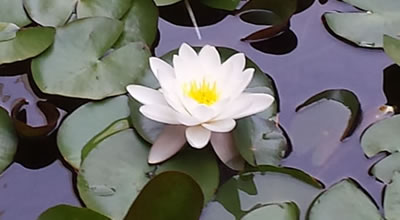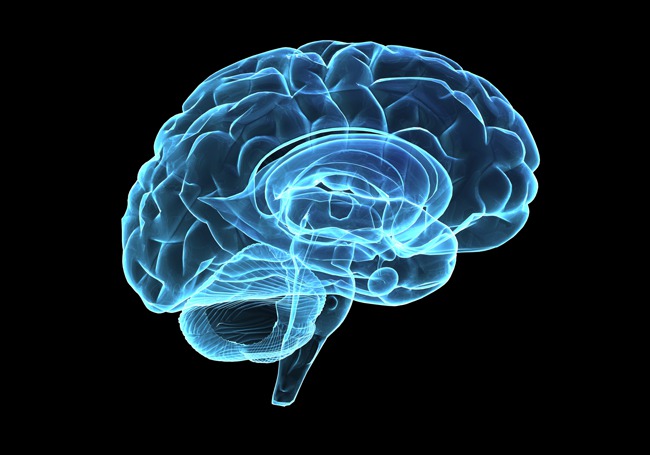Here’s a really good article from the Huffington Post about criteria for assessing a mindfulness teacher. I agree with all the author’s points and feel they are a good set of guidelines for determining whether or not to work with someone. One point I might add is whether or not the person attends regular intensive silent teacher-led retreats. Intensive practice is what really keeps mindfulness teachers learning and growing. I would say that at an absolute minimum, a teacher should attend at least one 7-day silent retreat a year.
http://www.huffingtonpost.com/deborah-schoeberlein/who-should-teach-mindfuln_b_7227540.html
Category Archives: Mindfulness-Based Stress Reduction
The Suffering Equation
There’s an old expression in mindfulness circles: pain is inevitable, but suffering is optional. Life is inherently stressful and challenging, and we sensitive human beings are affected in many ways in body and mind by the daily slings and arrows of existence. Because there is pain in life, the way we relate to the pain is crucial. The following formula can help us sort out the difference between pain and suffering:
S=PxR
Where suffering (S) equals Pain (P) times Resistance (R). Pain is inevitable, but when we resist pain in our lives we cause more pain, because we experience the anguish and fear that comes when we deny and avoid what’s true. When we recognize our pain and allow it to be there, without resistance, we open to the possibility of responding to our pain in ways that ultimately bring healing.
What we teach when we teach Mindfulness
This New York Times article about mindfulness at the World Economic Forum in Davos gives more proof of the ascent of mindfulness in our culture. One worry I have is whether mindfulness can truly be taught while being totally divorced from ethical principles or the spiritual context from which it developed. (That spiritual context is the journey to enlightenment of the man known as the Buddha more than 2600 years ago.) Without that context, there is a danger that teaching mindfulness becomes only about achieving better performance and enjoying life more – certainly worthy goals – rather than its deeper purpose: to radically change our relationship to our own lives, and to provide insight into suffering, the causes of suffering, the possibility of the end of suffering, and the ways needed to achieve that end. Those of us who teach non-sectarian forms of mindfulness – like MBSR – must walk a fine line between our fidelity to dharmic principles and the need to provide powerful practices in an accessible format to people who are not interested in “religion.” For me the dharma context is always foremost when I teach MBSR, which I do in a rigorously non-religious way. It’s my dharma practice which informs my own understanding of the causes of suffering and its release. Therefore, when my dharma practice is strong, so is my teaching. My fear is that many people are now teaching mindfulness who do not have a strong connection to practice. The risk is that much potential dharma teaching will get lost in translation or even ignored, short-changing the students in the process. This might then lead to the “dumbing down” of mindfulness. Many people have contacted me recently asking, “How do I become a mindfulness teacher?” My answer to them is to devote yourself to practice first. Then, from the depths of that practice, let teaching call your name.
Giving Space to the Joys and Sorrows of Life
Mindfulness is a simple yet profound way of being that essentially realigns our priorities.
We are told that we need to constantly be achieving things in order to be happy and living a successful life. And because of the non-stop busyness that drives so much of our behavior, our to-do lists, and progress in achieving our goals and plans, are what we focus on. As a result we ignore the very common signposts of human experience that tell us we are sentient beings living on this earth. The momentary joy of smelling a flower or eating a delicious meal or witnessing the smile of a child rush by us barely appreciated, or maybe completely missed, because our attention was occupied by thoughts of our next meeting or a project we have at work. Or, we miss the subtle clues inside our body that tell us that we are feeling sad, or anxious, or angry, or ill, and emotions seeking to be known and held in awareness are denied and distracted so that we don’t feel them. And deep intuitions that might guide us through life’s changes and point us to new ways of being are never given a chance to flower in the felt sense of the body because we ignore our bodies most of the time.

When we practice mindfulness, this all begins to change. Mindfulness is not a state of mind, or a technique, or a philosophy even. It is simply the act of giving space to what we experience as warm-blooded human beings. We give space to the old fears of not being good enough that have obsessed us all our lives, we give space to the anger that smolders inside when someone slights us, we give space to the old griefs that still have much to teach us. Giving space means letting the experience rise into consciousness, and holding it. Not changing it or fixing it, just holding it, letting it live in the light of awareness. Sometimes the pain and suffering we hold in awareness needs to be held for a long time – but eventually, what we hold in awareness will change. Its negative charge will lessen, or, as the Tibetans say, it will “self-liberate.” When the painful thought or emotion releases it will also give up its wisdom to us so that we will learn from it. Giving space to these all too human experiences allows us to metabolize the joys and sorrows of being alive. And what we cook in the cauldron of practice, given enough time, becomes the feast of our life.
Happiness is a Skill That We Can Learn
The pursuit of happiness is an idea deeply embedded in the American psyche, stretching back to the Declaration of Independence. But the idea of happiness is often distorted in our culture. We are told that happiness is about getting things. The right job, the nicest home, the best car, the perfect partner, etc. Yet lasting happiness isn’t about these things. It’s about how we experience our lives internally; it’s about how we respond to the physical sensations, thoughts, and emotions of our daily existence. Mindfulness practice points to the very real possibility that happiness is a skill that can be trained. Whether we train ourselves in an 8-week class in mindfulness-based stress reduction, or in our daily sitting practice, opening to the experience of the present moment – no matter what it contains – allows us to digest experiences while letting go of the stories we tell about them. This capacity to allow things to be as they are leads to more ease, peace, balance, well-being, and a sense of the richness of our lives – surely qualities that we can include in any definition of happiness. 
Meditation Helps Preserve the Brain
“A study from UCLA found that long-term meditators had better-preserved brains than non-meditators as they aged. Participants who’d been meditating for an average of 20 years had more grey matter volume throughout the brain — although older meditators still had some volume loss compared to younger meditators, it wasn’t as pronounced as the non-meditators.”
-Forbes Magazine
The Breeze at Dawn
|
The breeze at dawn has secrets to tell you.
Don’t go back to sleep. You must ask for what you really want. Don’t go back to sleep. People are moving back and forth across the doorsill where the two worlds touch. The door is round and open. Don’t go back to sleep. -Rumi
|
Giving Yourself Space
Mindfulness is an act of self-care that gives us the space to feel what we are feeling and to know clearly how we are. The practice of mindfulness is simple, but it is far from easy. What we often discover when we pay attention in the present moment is our own pain and sadness and anxiety, our unhealthy habits of thinking and reacting, and our mind’s tendency to revert to auto-pilot mode. But as our practice deepens, we discover ways to be more fully present and awake for all our experiences, even the painful ones, in a way that puts us in alignment with life instead of in opposition to it. Even in the midst of a serious crisis, in the midst of heartbreak and fear, practicing mindfulness can help us live our life with more ease, flexibility, responsiveness, and wisdom.
